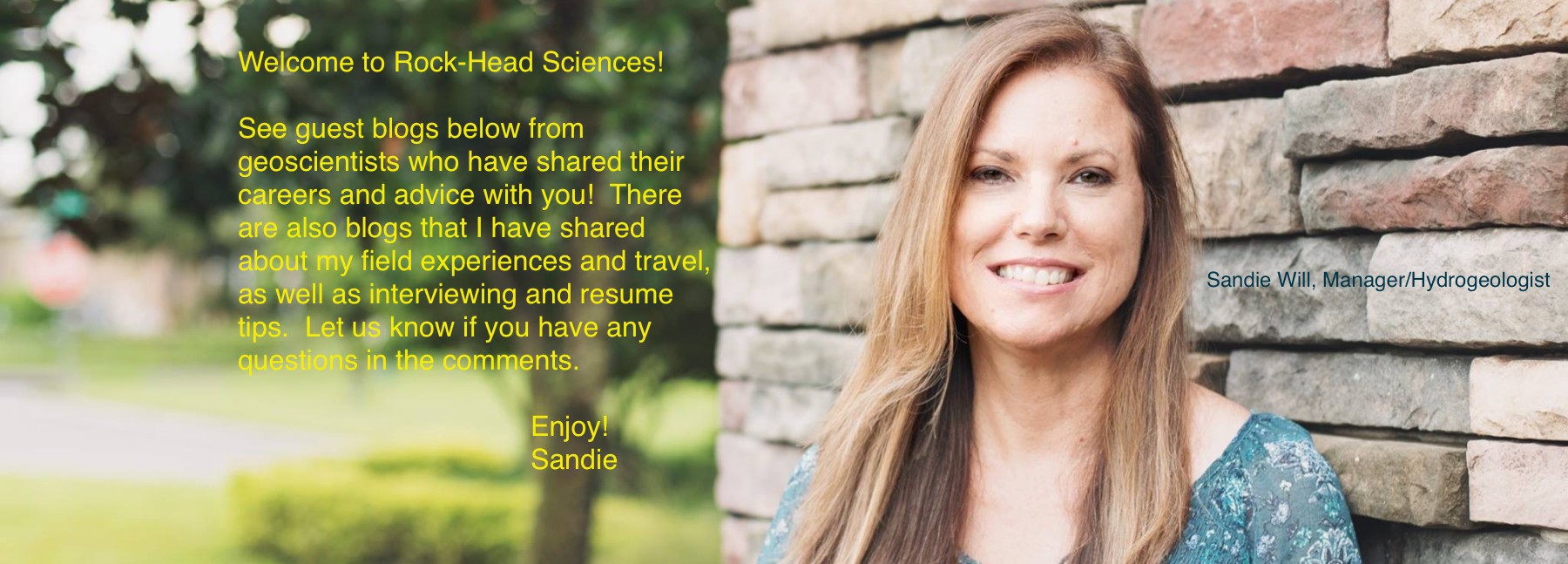NAME: Concetta (Tina) Rispoli
CURRENT TITLE: PhD Candidate (Thesis in progress!) at University Federico II of Naples (Italy)
AREA OF EXPERTISE: Applied mineralogy, archaeometry, geoarchaeology
YEARS OF EXPERIENCE: 5
EDUCATION: Bachelor’s degree in geology and applied geology and Master’s degree in innovative diagnostic methodologies for the safeguard, use and conservation of cultural heritage
What’s your job like?
Since ancient times, humans made mortars — artificial products derived from transformed geological materials. Their use has been various, such as for the production of bedding mortar in masonry buildings, frescoes and decorations using the most valuable mortars, concrete for maritime constructions, etc. The large use of these materials not only depend on the development of their specific function, but also from the historical period and location where they were made. The excellent preservation state of many products made in the Roman period demonstrates the high technological level achieved by these construction workers.
Although evidence (Plino il Vecchio) shows that Egyptians knew “the way” to produce lime, it began to be largely used by the Greeks and especially by Romans that diffused it since the third century B.C. (Collepardi, 2003). A lot of documents about the acquired knowledge in the construction field have been passed down thanks to these civilizations. Several writers have treated the building art of the Roman builders including Cato in De Agricola (160 B.C.), M. Vitruvius Pollio (I century B.C.), in the ten books of De Architectura and Plinio il Vecchio (23 – 9 A.D.) as Naturalis Historia (Natural History).
The aim of this research project was to improve the understanding of Roman construction techniques by means of detailed microstructural and compositional examination of the: a) cementitious binding matrix, and b) aggregates, to point out both mortars’ mix-design and provenance of raw materials both secondary minerogenetic processes and comparing the obtained results with the modern mortars. Several archaeological sites were chosen for mortar sampling, in particular those related both to ancient Roman structures built in subaerial environments, submerged later by seawater, and suitable structures in contact with “fresh” water (e.g. thermal baths and cisterns). The collected samples were used for an integrated analytical program using multiple methodologies such as: optical microscopy (OM) studies on thin sections, X-ray powder diffraction (XRPD), scanning electron microscopy (SEM) analysis, energy-dispersion X-ray spectroscopy (EDS), X-ray fluorescence (XRF), thermal analyses (TGA-DTA) and mercury intrusion porosimetry (MIP).
What’s a typical day like?
There’s not really a typical day as a geologist. It depends mainly on the activity to do in that day. There are days when you have to do sampling, so I spend the whole day in some amazing archaeological site such as Pompeii. Some days, you have to analyze the collected samples. For example, you have to prepare the powders to do the XRPD analysis or make the SEM-EDS analysis, and then observe these through an optical microscope on a thin section. On other days, we process the data obtained from the laboratory analysis. I’m never bored, and it is all so various!
What’s fun?
I love so many things about my research! I really enjoy the opportunity to learn new things every day, and I have the flexibility to come up with my own ideas for new projects and collaborate with lots of other researchers. I also get to travel to lots of new places for fieldwork, conferences and analysis. Just spending a day touching and trying to understand the secrets about how the made structure was erected about 2,000 years ago is absolute bliss.
What’s challenging?
Because the aim of my project research is the study of different cultural heritages, the main difficulty is often to receive approval from the superintendent of interest to be able to perform the sampling and successive laboratory analysis, based on specific criteria such as: little invasivity, representativeness with limited sample size, and visual impact.
What’s your advice to students?
Go for it. Follow your interests so that you can achieve your best grades. Use your university courses to find out what really fires you up. There are so many options with a career in the geosciences, whether it is in exploration, environmental, or even planetary studies. And each of these can be in industry, academia, or government. So in terms of job prospects, I believe there are always opportunities. For someone interested in geosciences, I would suggest taking courses in as many of the disciplines as you can and experience what each has to offer. It will help you learn what you like and want to do, and it will give you a great background of the field.
More…
Stay tuned! Tina has also participated in the GeoProject Series and will discuss her thesis even more! This will be posted as a separate blog post at Rock-Head Sciences next weekend.



